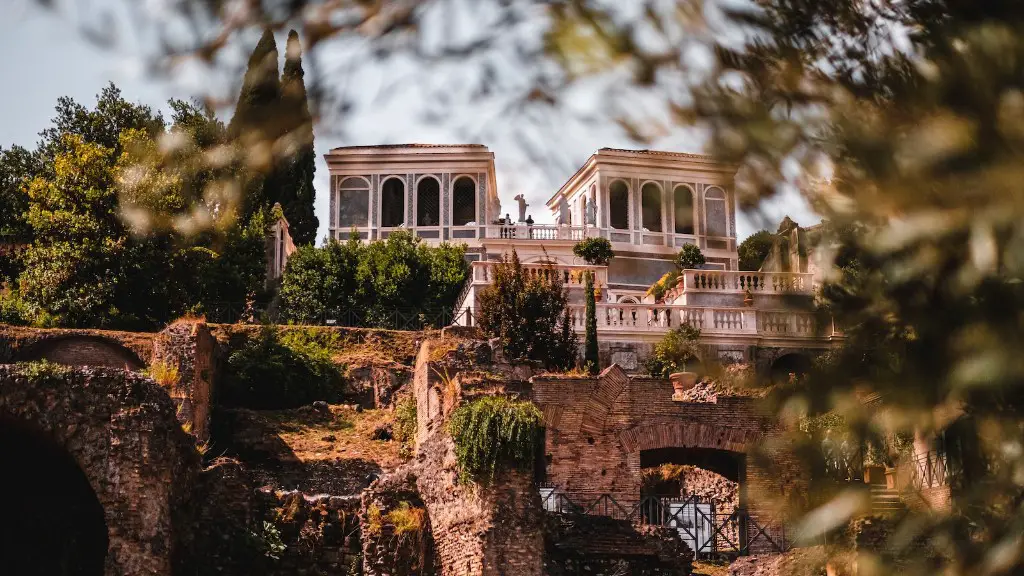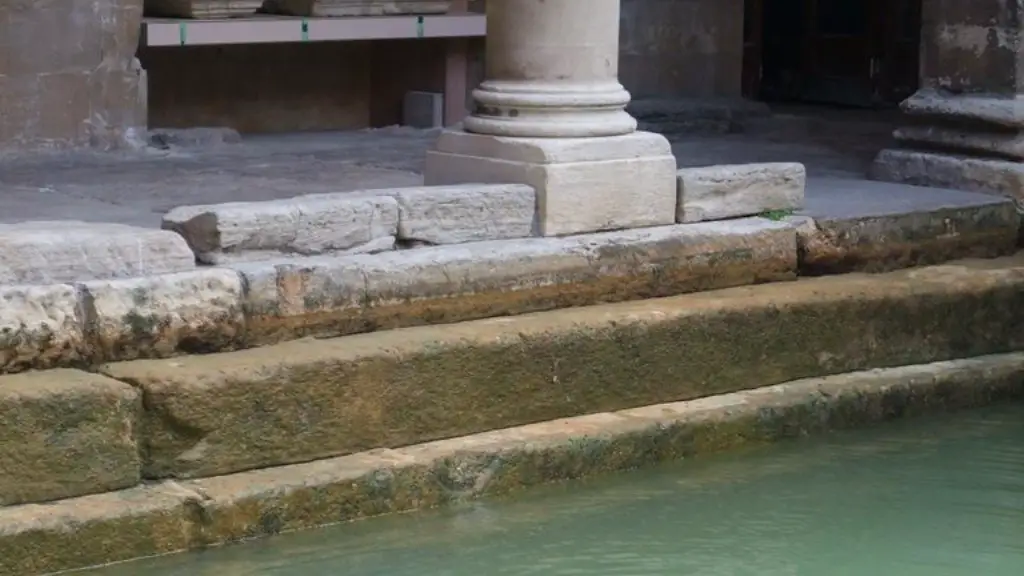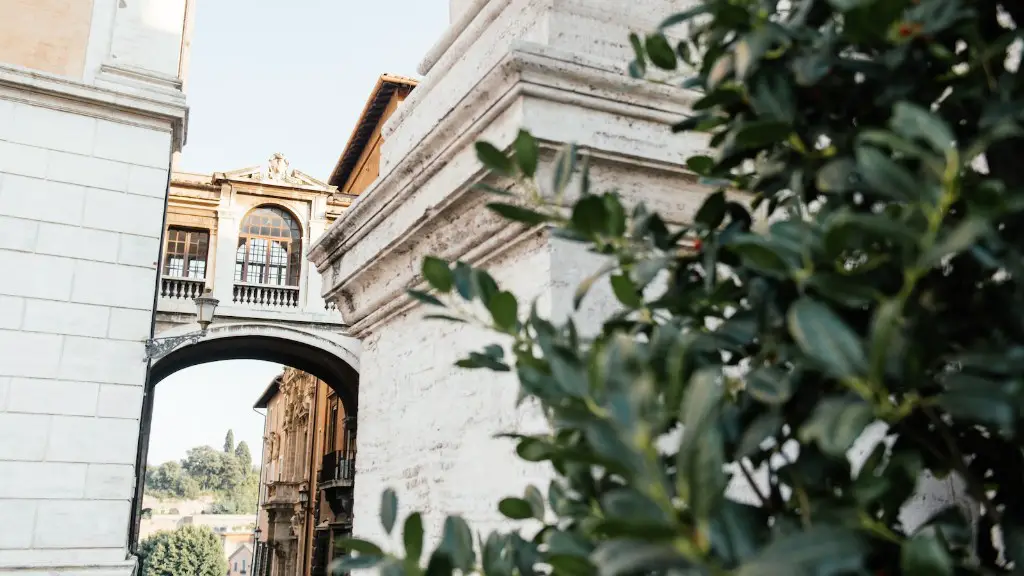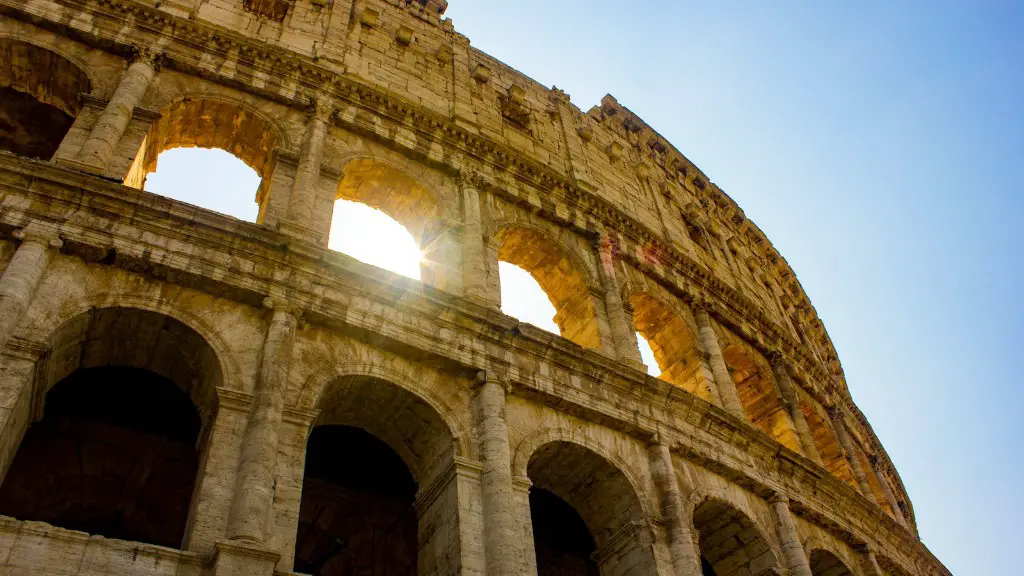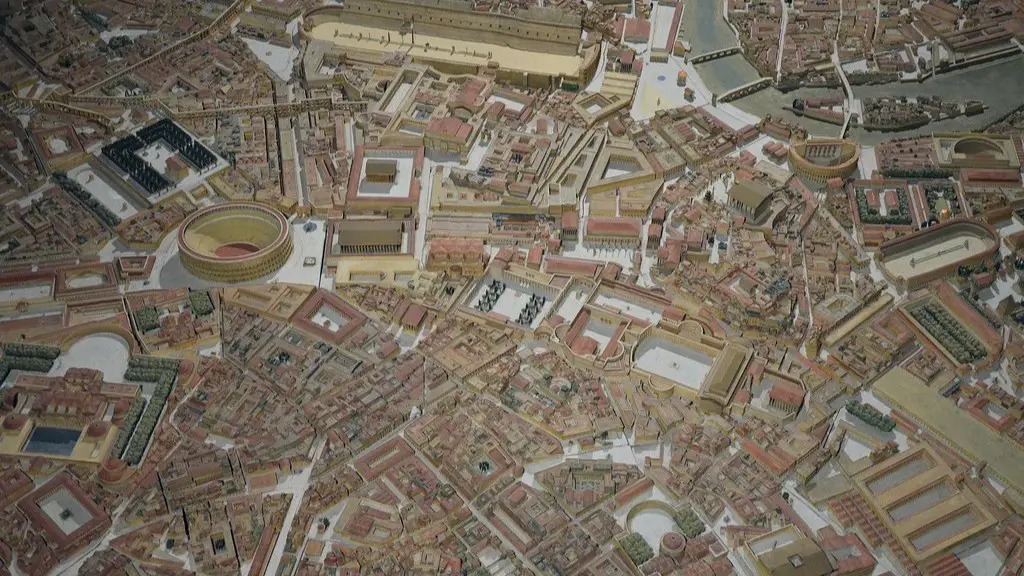The Roman basilica was a key feature of life in ancient Rome. Part hall, part courtroom and part shopping mall, the basilica was the center of public life. Not only did they provide the Rome’s citizens with a place to gather and socialize, but these buildings also had a major role in the government, economy, and financial system of the city.
The basilica’s origin dates back to the time of the early Roman Republic, when numerous civic squares and meeting places were built under the direction of the Consuls. The Roman basilica soon became the center of civic life. The interior was typically divided into three parts, a large central hall, which was often used for public gatherings, and two side aisles where shops and offices were located.
One of the most important functions of the basilica was as a public law court. Every citizen was entitled to a trial by jury, so a large number of officials and legal advisors were employed to organize the justice system. Legal proceedings were held in the basilica, where peer-review juries listened to the evidence and made their ruling. Not only did this provide Rome with a functioning justice system, it also served as a theater of the people, in which citizens would gather to discuss the day’s news and disputes.
In addition to its legal function, the basilica also served as an important commercial center. Merchants and traders would set up shop in the side aisles, while craftsmen established their workshops in the main hall. This provided a great convenience to the Romans, who could buy, sell and exchange goods without having to travel all over the city.
The basilica was also used for financial and banking services. Many private banks were established in the basilica and issued loans to Romans who otherwise wouldn’t have access to money. This system of informal banking helped ensure the economic stability of ancient Rome.
The Roman basilica was the vital center of public life in ancient Rome and played an important role in the legal, economic, and financial system of the city. It provided a place for citizens to gather and discuss news, as well as a public law court, lien on property, and informal banking system.
Social Function
The Roman basilica was not just a place of business and politics: it was also a place of recreation and entertainment. The large central hall of the basilica was often used to host public events and festivals, such as theatre shows, chariot races, and gladiatorial contests. These events not only entertained the public, but also helped to reinforce civic values and promote Roman identity.
The basilica was a social center for the Roman public, and its large open spaces were often filled with people gathering to discuss the news of the day. This is where the ancient equivalent of the pub or cafe culture thrived, and where Roman citizens could find solace and comfort when the pressures of life got too great.
The basilica was a vital part of the Roman social fabric: it acted both as a center of politics and law, and as a place of leisure and relaxation. Its importance in Roman life cannot be overstated.
Entertainment
The Roman basilica was also a center of entertainment and leisure. The large central hall of the basilica often hosted chariot races, theatrical performances and gladiatorial contests, drawing crowds of spectators from all over the city. This made the basilica an important hub for Roman entertainment.
Other activities such as bowling and gambling were also popular amongst the Roman public. Card games and board games were available in the side aisles, whilst bets were placed on the chariot races in the main hall. This provided Romans with hours of entertainment and distraction from their day-to-day lives.
Overall, the basilica provided a space for leisure and entertainment, as well as a place for business and politics. This meant that it was a popular spot for all types of Romans, and as such, it was a crucial part of life in ancient Rome.
Architecture and Design
The Roman basilica was a highly sophisticated building with intricate architectural features. The main hall was usually rectangular or square in shape, with an apse at one end and entrance porticoes at the other. It was often decorated with grand marble statues, while the roof was supported by rows of granite columns.
The side aisles of the basilica were full of shops and offices, decorated with vibrant mosaics and frescoes. Their design provided ample space for merchants and craftsmen to conduct their business. The importance of stopping and admiring the shops and offices was reflected in the spaces’ flashy interiors.
Overall, the structural design of the basilica provided Roman citizens with a glimpse into their city’s cultural and historic past. In its heyday, the architectural design of the basilica highlighted and reinforced the grandeur of Roman life. Although the basilica was often destroyed by fire, it continued to be a source of fascination, drawing inspirations from ancient architectural styles.
Perspectives from Experts
Historians have long been fascinated by the Roman basilica and its importance in the social, political and economic life of ancient Rome. According to Mary Beard, a classical historian and professor at Cambridge University, “No other building form has so powerfully marked the face of the Roman world…so much of the history of Roman civilization and government is bound up with the basilica, its functions and its fate.”
In addition, archaeologist Mariana Lobonzo writes, “The basilica served as a focal point for the social, economic and legal life of the Roman people. It was a meeting place where people could come together to exchange news, gossip and ideas. These public spaces also served an important political function, as it was in the basilicas that Roman citizens could make their voices heard.”
The importance of the basilica in ancient Roman life can be seen from the perspectives of many experts. Not only did it provide a place for citizens to gather and socialize, but it was also a major hub for politics, law and commerce.
Role in Public Life
The importance of the basilica in Roman life is clear, but its impact extended beyond just politics and business. It also played a major role in public life, providing Rome’s citizens with a place to come together and share their ideas and opinions.
Athenaeus, an ancient Roman historian, noted that the main hall of the basilicas were filled with people on a daily basis, discussing news and debating the events of the day. This helped the Romans to form a collective identity, bound by shared values and beliefs.
The basilica was also used for public ceremonies and festivals, providing citizens with another outlet for cultural expression and celebration. These events played an integral role in shaping the cultural identity of Rome, reinforcing the Roman values of courage, honor, and duty.
Overall, the basilica was a vital part of public life in ancient Rome. It not only provided a place for citizens to gather and socially interact, but it also was an integral part of the political, economic and social life of the city.
Influence in Later Generations
The influence of the Roman basilica can be seen in modern architecture. Many traditional Christian churches were modelled after the basilica, with a large central hall and side aisles. The basilica also influenced the design of public buildings and courts, which often replicated its layout and structure.
The basilica was also important for the Romans as a source of inspiration when it came to idea sharing. Many of the most innovative ideas developed in ancient Rome were born in the basilica, where people would come together and exchange their knowledge.
Not only did the basilica serve an important social and political function, it also encouraged its citizens to think innovatively and contribute to the advancement of Roman culture.
Contemporary Significance
The basilica remains an important part of the Roman architectural and cultural heritage. Its influence can still be felt in modern times, not just in the form of architecture, but also in our ideas and values.
The Roman basilica was a place that encouraged creativity, idea exchange and cultural expression. Its design and structure provided a focal point for the daily life of Rome’s citizens, who gathered to discuss the news and bond over shared experiences. As a result, it has left a lasting legacy in Roman society and an example for many of us to follow in modern times.
The basilica of ancient Rome is still seen as a source of inspiration and creativity, impacting our own ideas about public life and politics in modern times. Its influence is undeniable and its legacy is still very much alive today.

